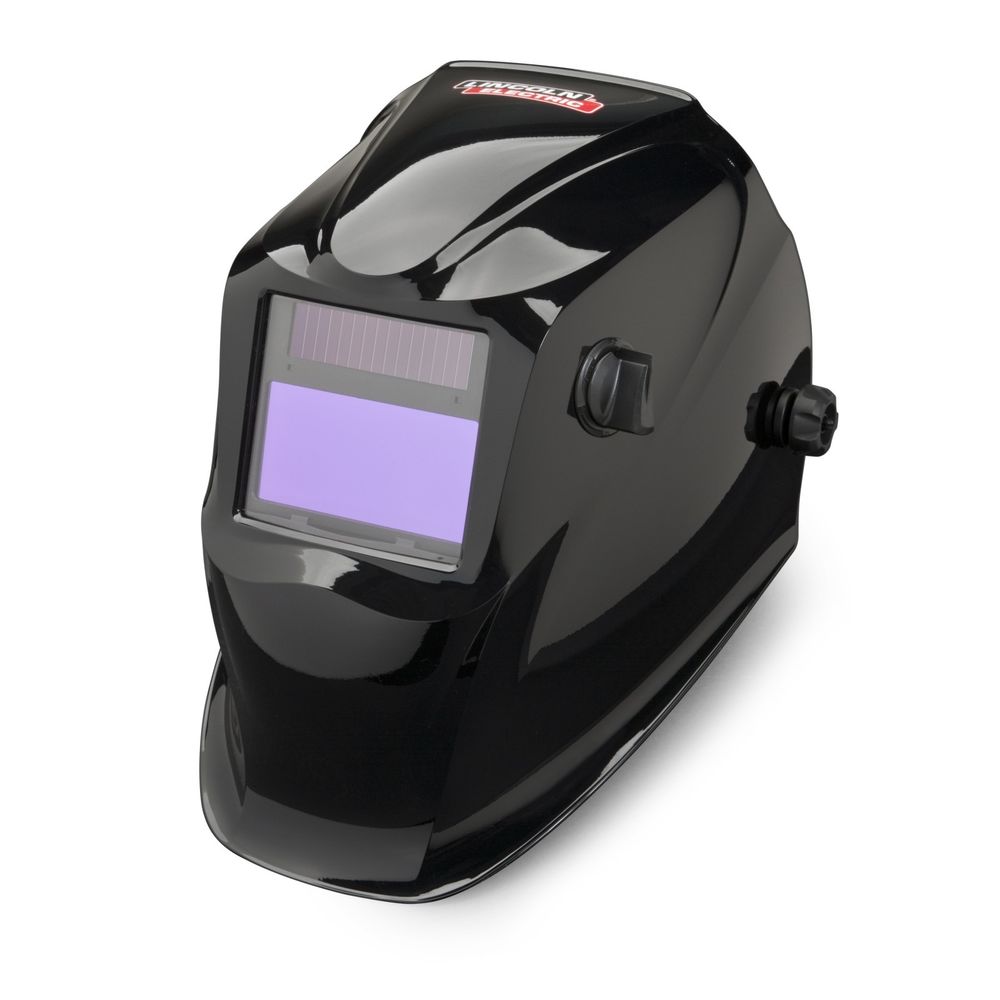
ICM Solar powered Auto-darkening Welding Helmet (Mask) with 90 x 40mm Viewing Area.
With adjustable switch for Arc, Tig, Plasma
Brand Name: ICM
Key Specifications / Special Features:
- Light state: DIN5
- Dark states: DIN9-13 (stepless adjustment)
- Switching time: <1ms at room temperature
- Delay time: slow:0.6s~0.8s fast:0.1s~0.3s
- Batteries: two AAA alkaline batteries and solar combination (min. lifetime 5,000 welding hours)
- Size of filter cartridge: 120 x 95 x 11mm
- Viewing area: 90 x 40mm
- Weight: 520g (1.15 pound)
- Material of mask: nylon
With Ark, Plasma, Tig switch and darkness adjustable.
For 5 and more R270 Excl VAT Payment
Direction: On Google Map you can search for ICM Industries and drive here.
Established 1999
7 of 73, Capital Hill commercial park Midrand South Africa
Tel: 060 610 7549
e-mail: icm@lantic.net
